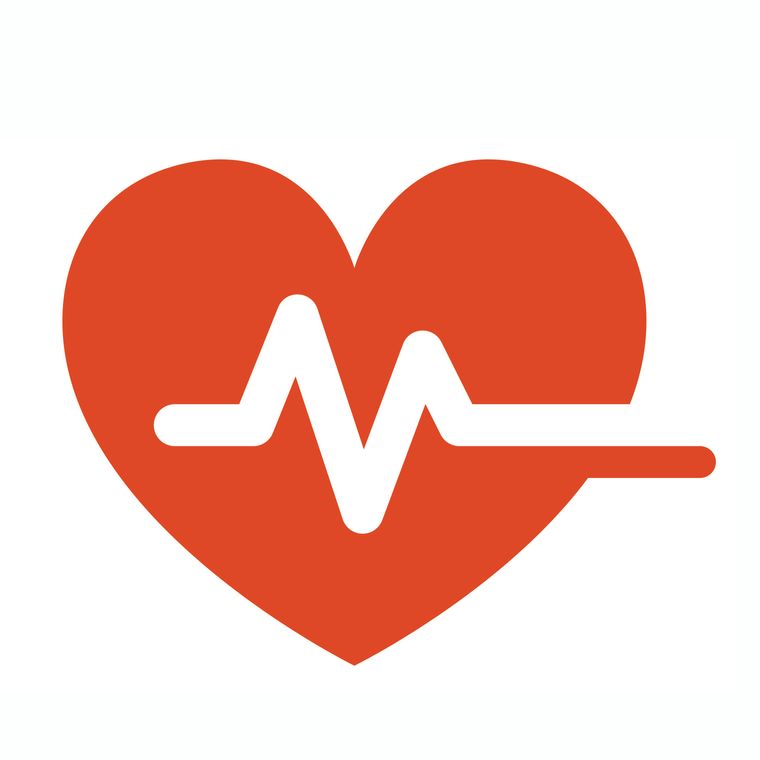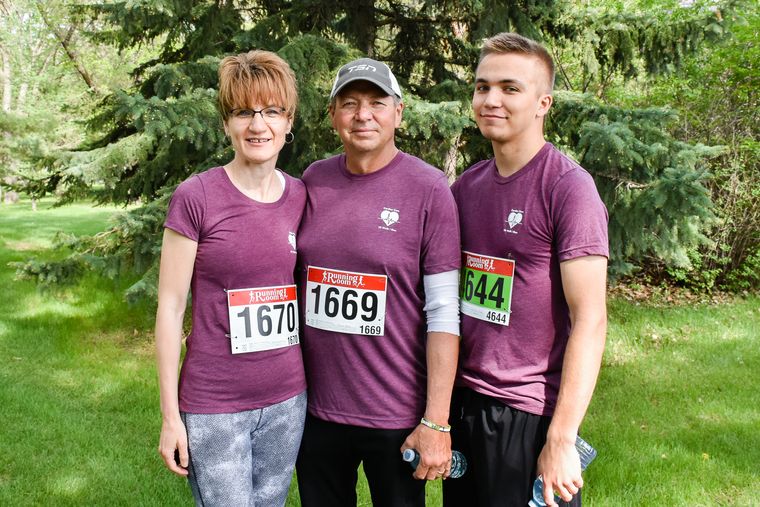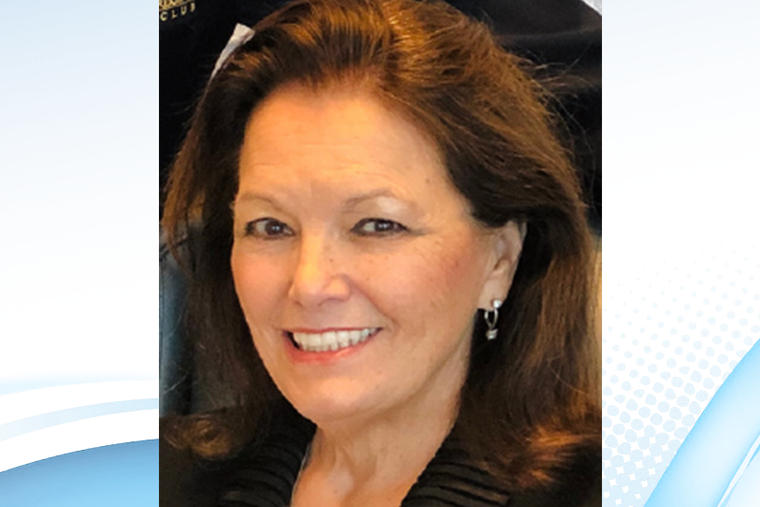Heart disease and stroke account for almost 20 per cent of all deaths in Canada. In recent years, the Government of Saskatchewan reported that approximately 25 per cent of the adult population has high blood pressure, and one in 12 adults living in our province suffers from heart disease. Each year, thousands of people from across Saskatchewan receive cardiac care in our Mosaic Heart Centre at the Regina General Hospital. As one of only two cardiac centres in the province, patients come from across the province to receive specialized care in Regina.
Cardiac catheterization labs
The catheterization labs have the capacity to investigate patients’ cardiac anatomy and intervene when needed, helping thousands of people in our community. Without access to the most current technology and the talented doctors it allows us to attract and retain, many of these patients would not have survived. Last year, doctors in the cardiac catheterization labs at our Mosaic Heart Centre performed more than 2,460 procedures, including 88 transcatheter aortic valve implantation (TAVI) procedures, a 300 per cent increase since the first procedure in 2016.
That year, the Regina catheterization lab was the first unit in the province to perform TAVI. The procedure replaces the aortic valve with a new valve without the need for open-heart surgery. The procedure takes two to three hours to complete with a goal of next-day discharge. However, the typical length of stay is two to four days. Recently, the TAVI medical team celebrated its 500th procedure—a milestone reflecting its commitment to advanced, patient-centered cardiac care in southern Saskatchewan.
Kinsmen Telemiracle Foundation Electrophysiology (EP) Lab
Established in 2011, the EP Lab is a crucial part of cardiac care available in southern Saskatchewan. It was the first of its kind in Saskatchewan and is dedicated to diagnosing and treating heart rhythm problems. An abnormal heart rhythm—called arrhythmia, can be life-threatening. People with arrhythmia visit the EP Lab to receive a diagnosis and treatment. Once doctors identify what is causing a patient’s abnormal heartbeat, they determine the best treatment to regulate it. A regulating device like a pacemaker or defibrillator may be the solution. Last year, 508 patients received pacemakers through the EP Lab. It also features advanced technology such as a cardiac fluoroscopy system, which allows doctors to visualize the heart's electrical activity and perform procedures to correct arrhythmias.
Cardiac care is paramount for Saskatchewan
Given the dangers cardiac disease poses to people in Saskatchewan, excellent cardiac care is a crucial component of health care for our southern Saskatchewan community. As the population ages, the need for skilled cardiac care will increase. Consequently, investing in the best possible cardiac care is a priority for the Foundation.

![cardiac]()





